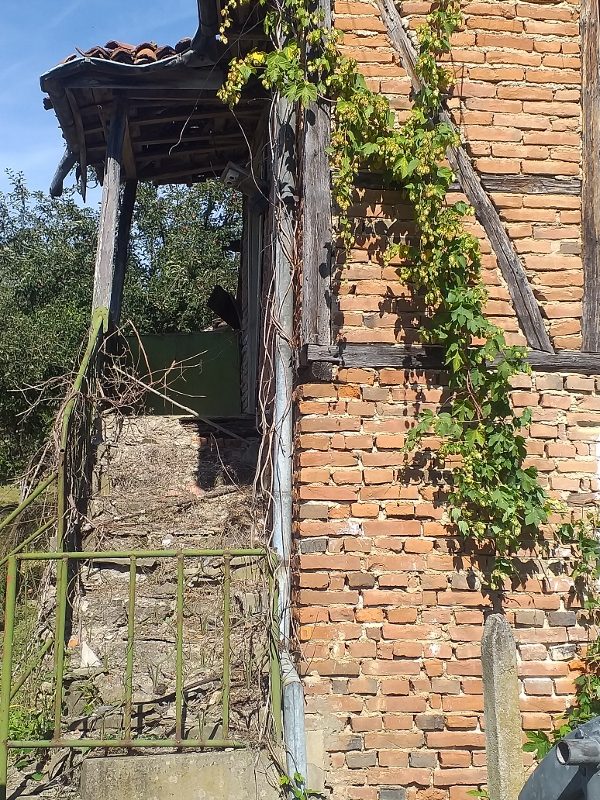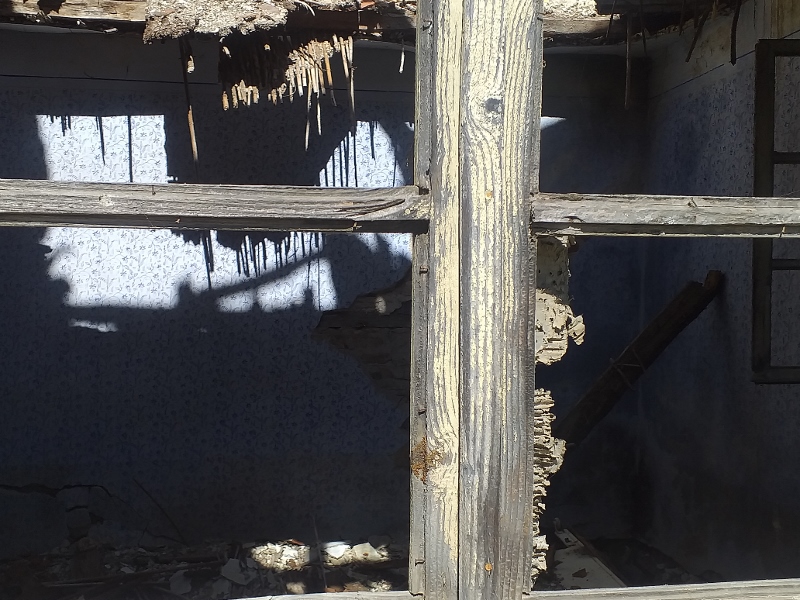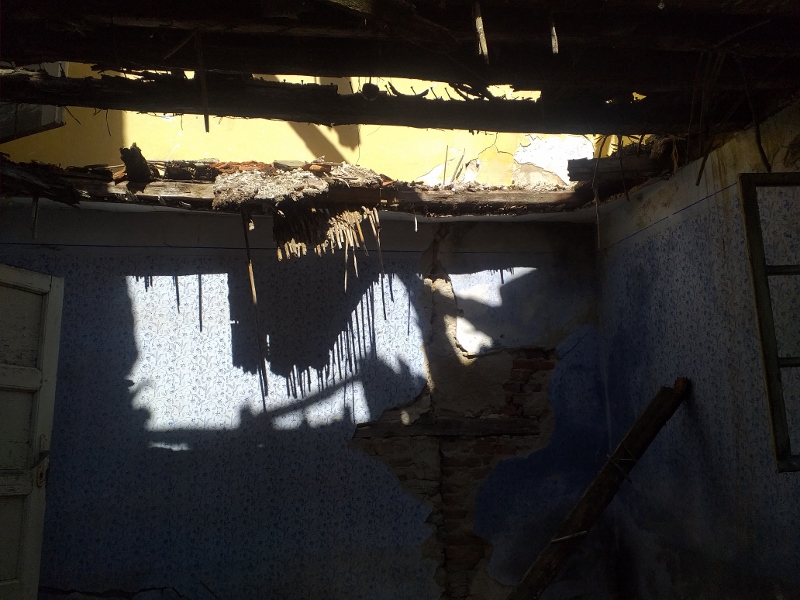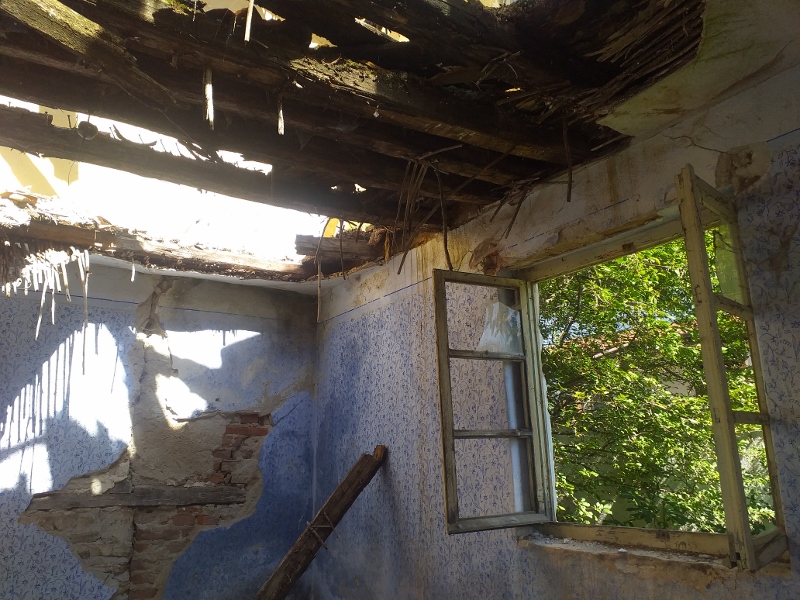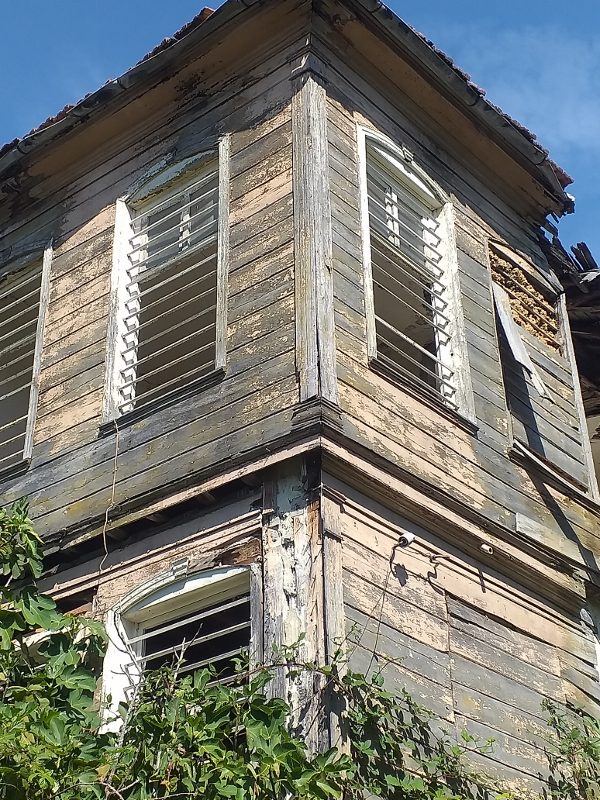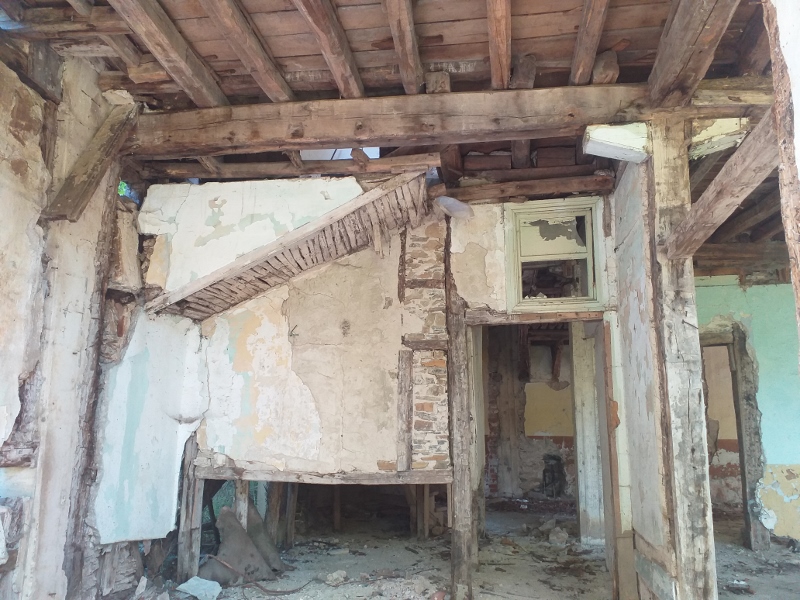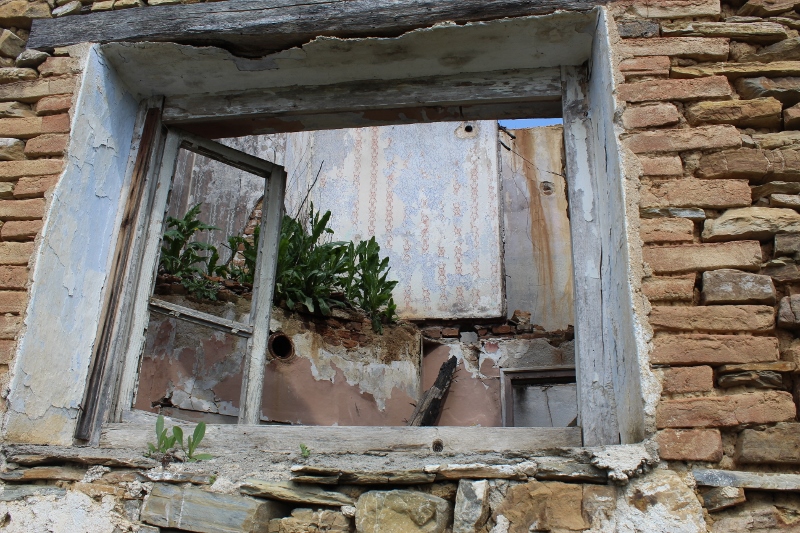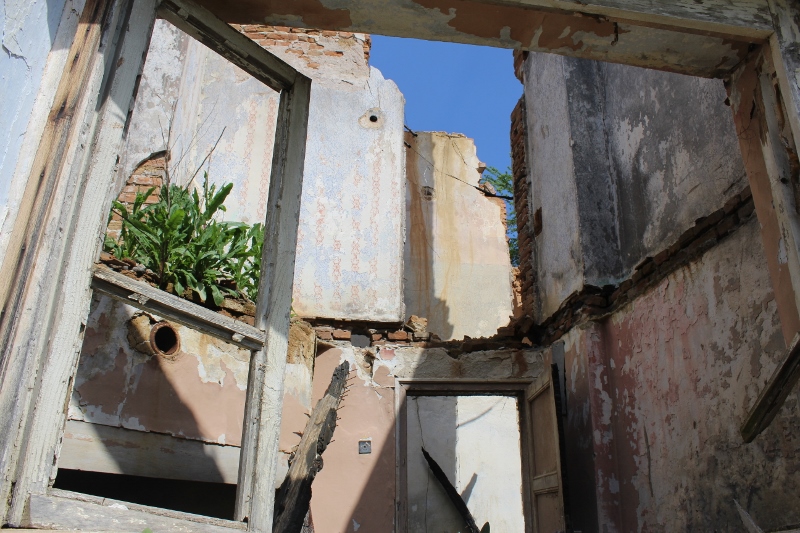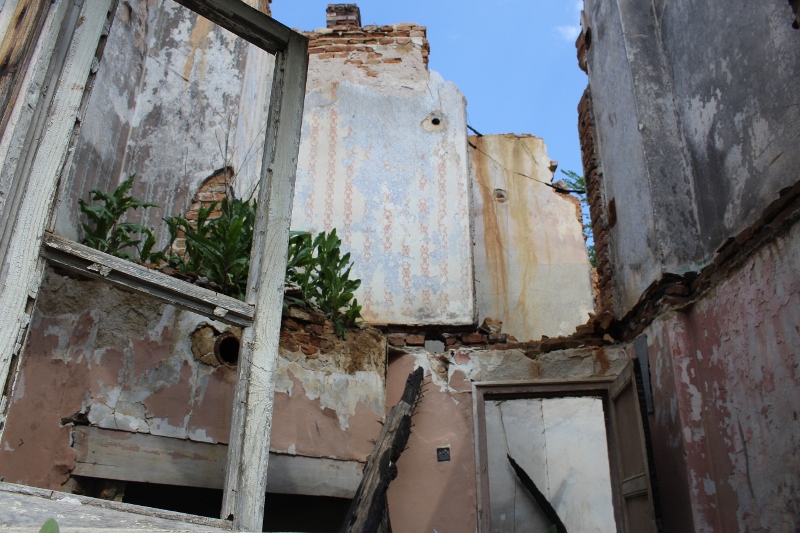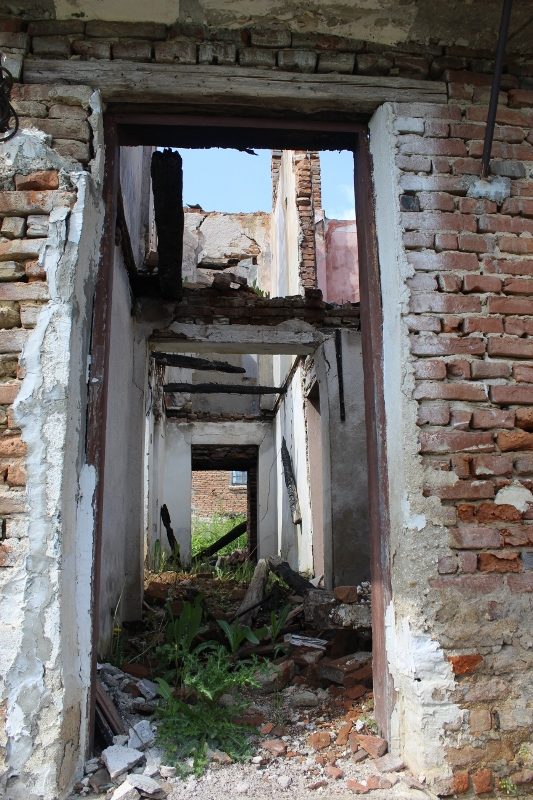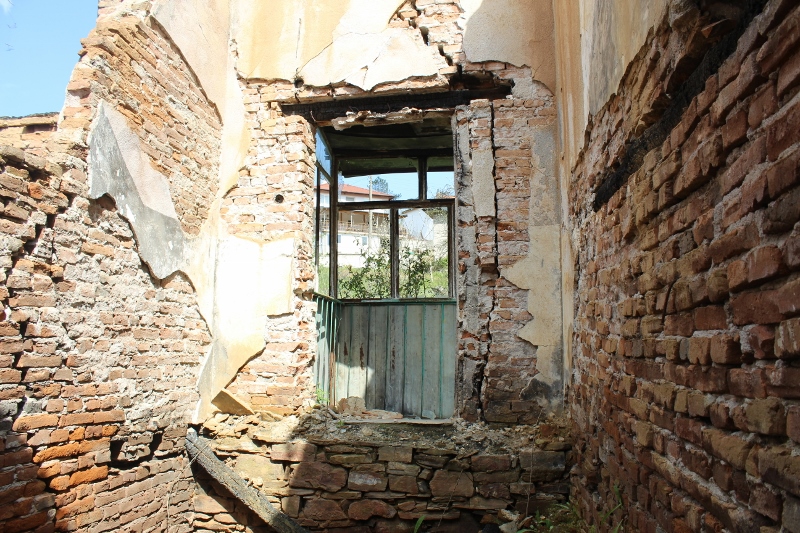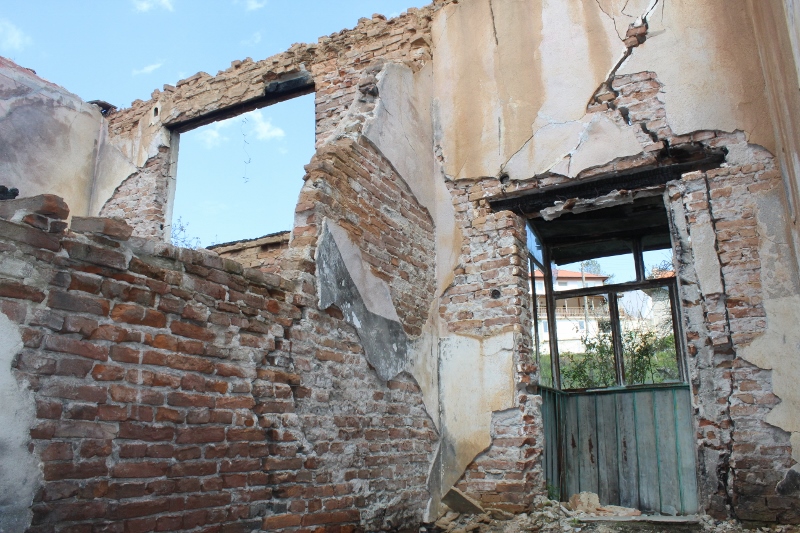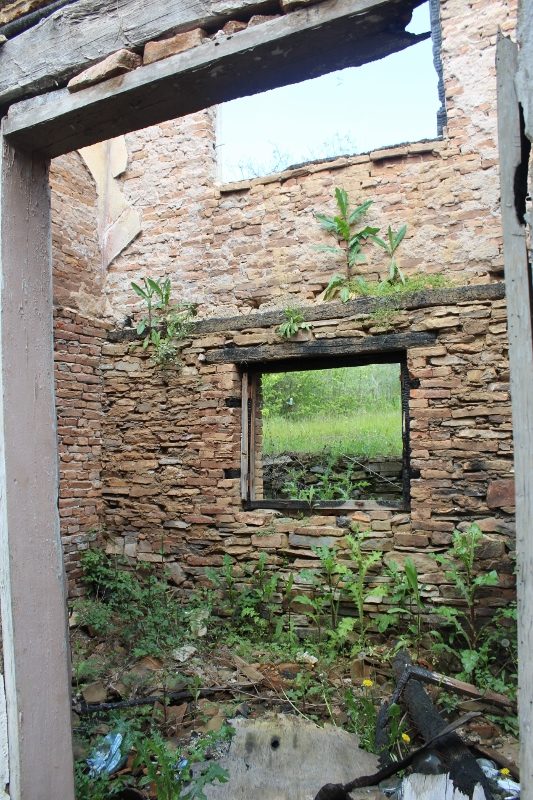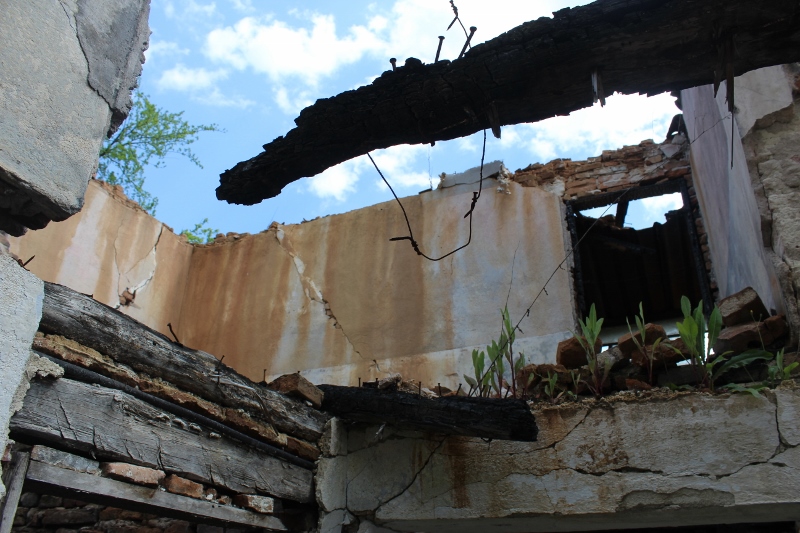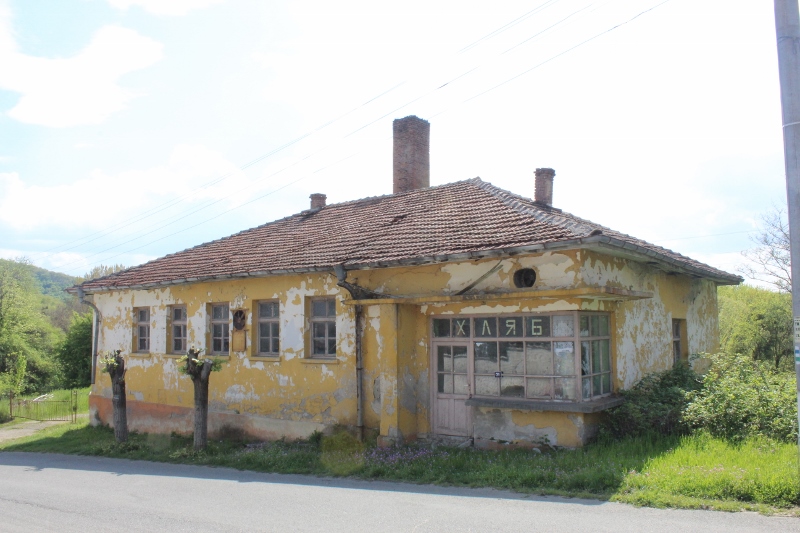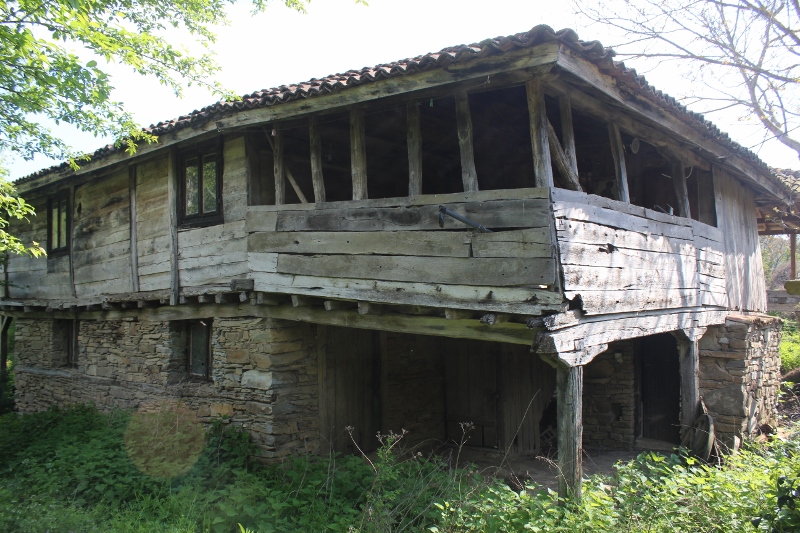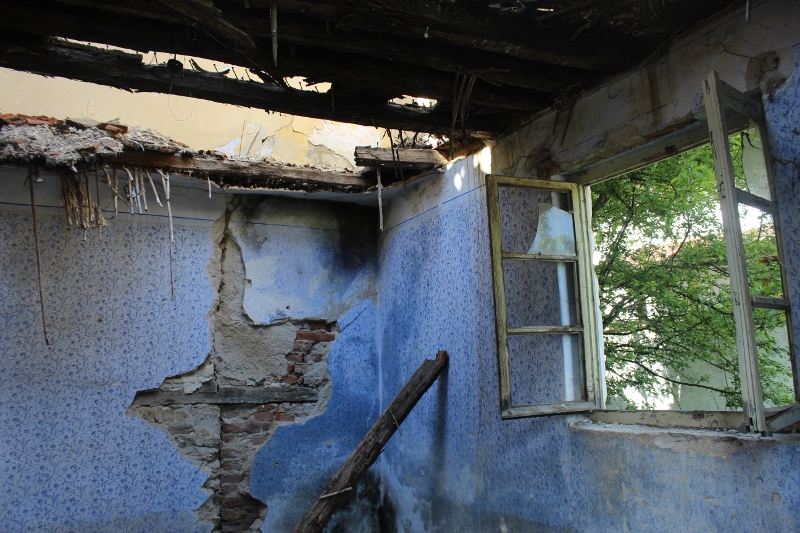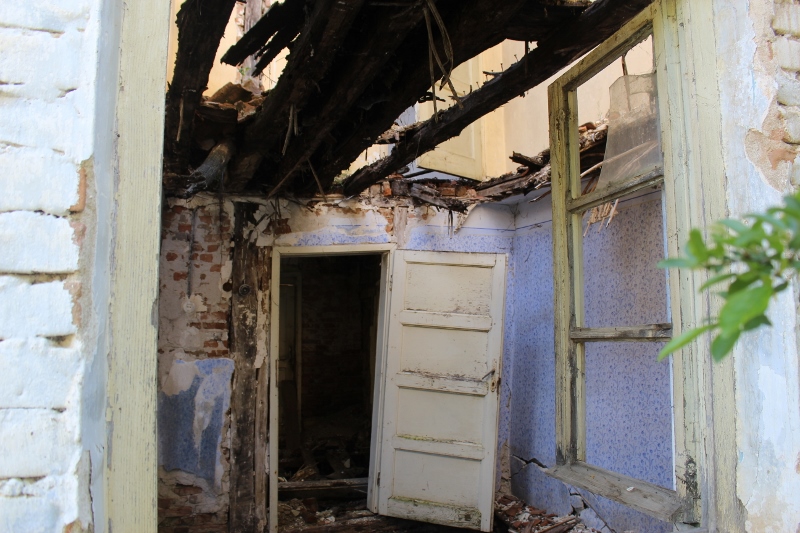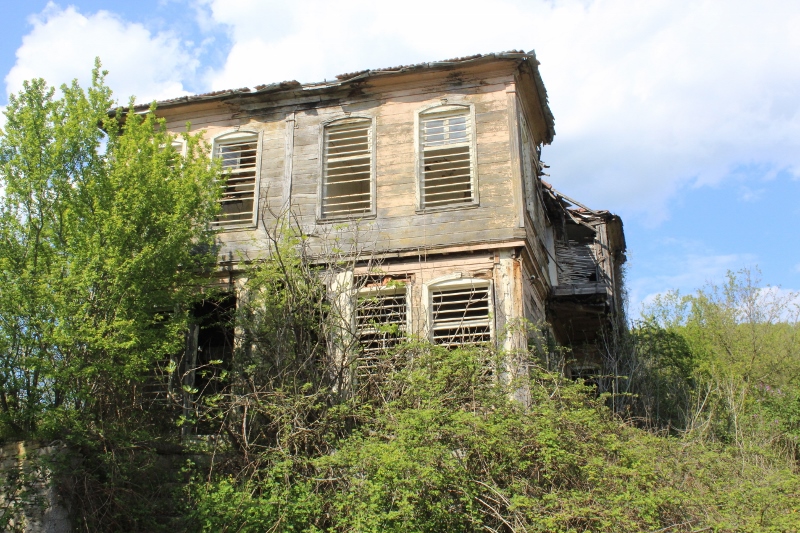Kosti village
So finally I reached my grandmother’s village. This is the village where I ate tomatoes and watermelons from the vegetable garden directly on my stomach, where we bathed in the river and crossed the forest paths without fear – the village where we hunted weasels, mulberries and shepherd’s bags – the village that will remain forever in my heart.
According to statistics, the village is not among those with the fewest inhabitants in Strandzha, but having known it since I was a child, for me the difference is huge. The local backery, from which we ate the most delicious bread, has long ceased to function. The school is currently mostly inhabited by animals. The local restaurant, where weddings were organized, is in rouin. There is currently a working shop, a pub and a church which only opens on holidays. There is also a working community center with an authentic cinema hall that still functions and sometimes visiting theaters from Tsarevo come. In the summer, outside visitors come here due to the attractiveness of the village and the local nature, but during the other seasons, the village remains mostly deserted.
The village festival is on the 1st of August, when the annual fair is also held. The mandatory and characteristic for the village /as well as for Brodilovo/ Nestinar dances/people dancing on embers/ , preserved from ancient times, are played on it.
The village of Kosti is located about 87 km from the center of the regional city of Burgas, about 23 km from the municipal center of Tsarevo and about 75 km from the town of Malko Tarnovo.
History
There are traces of metallurgical activity in the vicinity of the village. A large mound necropolis with 15 mounds located south of the village, as well as several independent Thracian mounds, is attested. The earliest written evidence of the village is in a Turkish register from 1488. During the Russo-Turkish War of 1828-1829, it was mentioned as “Greek village”. After 1878, the village remained in the Ottoman Empire and was assigned to the newly established Malkotarnovska kaaza. Its inhabitants are Greeks. It was famous for its nestinari. At the time of the Transfiguration Uprising in 1903, the village had 100 houses. Its Greek population is emigrating. Bulgarians from Eastern Thrace came to replace the Greeks who emigrated to Kosti. The good conditions in the Veleka valley enable the settlers from Lozengradsko to quickly become wealthy. Its legendary fertility found expression in the legend of the numerous walnut trees growing here. In 1926, the village had 304 houses and 1328 inhabitants, of which 856 were refugees from Eastern Thrace. In the late 1940s and early 1950s, the village was the terminus of the Ahtopol – Brodilovo – Kosti narrow gauge 600 mm railway, which was dismantled in the 1950s due to inefficiency. In 2004, the primary school “St. St. Cyril and Methodius” in Kosti.
Traditional architecture
Some of the old wooden houses of its former inhabitants can still be seen. This style of residential architecture is known only in the three Greek villages of Kosti, Brodilovo and Kalandja (today Sinemorets). The buildings are too spacious in size, two stories – with a stable below, framed with rough oak planks, with wide floorboards, but without windows, so they are dark and unsanitary. Meager lighting was provided by the “movable tile” roof. The church “St. St. Cyril and Methodius” in the village of Kosti was built at the end of the 19th century. Until 1913, it was called “St. st konstantin and Elena”. It is a three-aisled, three-apsed pseudo-basilica with an open narthex. Above the southern part of the vestibule is its wooden belfry. The central and side aisles are separated by wooden columns, and the capitals have Ionic voluges. It was built with donations from the local Greek population by master Yani. In 1903, during the Ilinden-Preobrazhensky uprising, it was destroyed. In 1909, it was built and consecrated again. The iconostasis was carved by master Pandil in 1908, and the icons were painted by Kosta Poliksoidou. The icons of St. George were painted in 1883 and 1901, and the remaining 10 after 1903. The church houses icons of high artistic value from the 14th – 17th centuries.
The DEPOPULATION project is aimed at the depopulating villages of Strandzha and is implemented with the financial support of the NFK under the Socially Engaged Arts Program. It aims to focuse public attention to the problem, with the ultimate goal being a final exhibition in which footage of old, crumbling houses will take on a new life through the eyes of the author.

